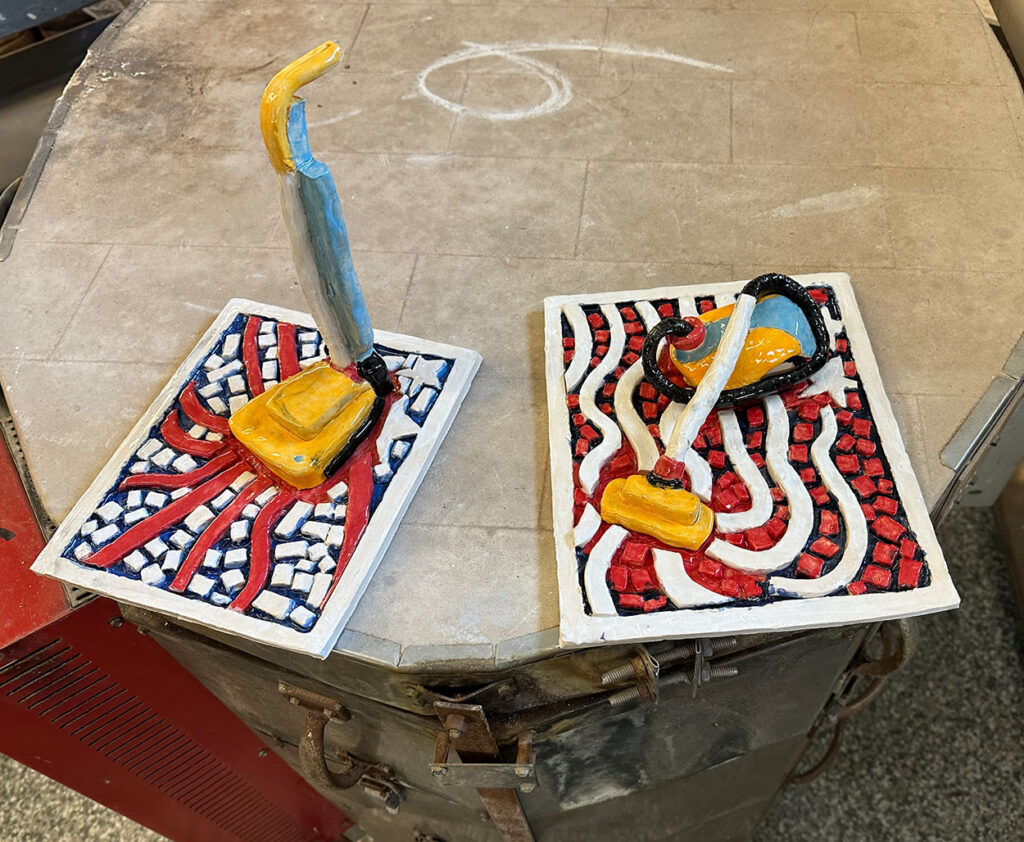Flags
The American Cleaning Lady

Throughout American history, domestic cleaning work has largely been performed by marginalized groups, often dictated by race, class, and immigration patterns. In the late 18th and early 19th centuries, enslaved Black women were commonly assigned domestic labor, including cleaning the homes of wealthy white families in the South. In the North, indentured servants, many of whom were Irish or other European immigrants, took on similar roles. After the abolition of slavery in 1865, African American women continued to dominate domestic service, particularly in the South, often working under exploitative conditions due to Jim Crow laws and lack of labor protections. In urban centers like New York and Chicago, waves of Irish immigrants, and later Eastern and Southern Europeans—such as Italians and Poles—entered domestic service, competing with African American workers for jobs in wealthy households.
By the mid-20th century, changes in labor laws and the expansion of economic opportunities allowed more African American women to leave domestic service, leading to a shift in the ethnic composition of house cleaners. Increasingly, new waves of immigrants—particularly Latina women from Mexico, Central America, and the Caribbean—entered the field, especially in cities with growing immigrant populations like Los Angeles, Miami, and New York. The 1965 Immigration and Nationality Act, which lifted restrictive quotas on non-European migration, facilitated an influx of Latin American and Asian workers, many of whom took on domestic work. Meanwhile, legal protections like the Fair Labor Standards Act of 1938 and later amendments helped improve conditions, but domestic workers were often excluded from key labor rights like collective bargaining and overtime pay. More recent laws, such as Domestic Workers’ Bills of Rights in states like New York and California, have attempted to provide better protections, though undocumented workers remain vulnerable. Today, cleaning work continues to be dominated by immigrant women, with racial and economic disparities persisting, albeit with more advocacy for labor rights in the field.
